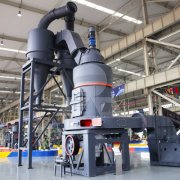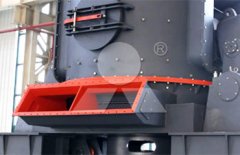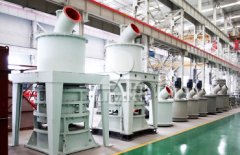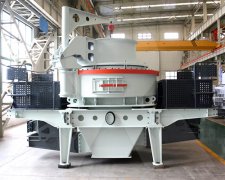Are sand made from pebbles and sand from the Yellow River the same?
Sand made from pebbles and sand from the Yellow River are not the same, but sand made from pebbles can replace sand from the Yellow River and is widely used in many fields. The main differences lie in the formation of raw materials, particle size, particle shape, and material characteristics.
Pebbles are a type of hard, wear-resistant, and chemically stable silicate mineral. They undergo continuous compression and friction during the process of mountain flood impact and water transportation. The main chemical component is silica dioxide, and they have a Mohs hardness of 5-7, making them quite hard.
Formed over the years through the impact, erosion, and transportation of river water, pebbles have rounded particles and good water absorption. They contribute to the flowability of concrete and facilitate its pumping. However, they are often fine sand and need to be mixed with medium sand and coarse sand to adjust the gradation.
Due to the strong hardness of pebbles, impact sand making machines or similar wear-resistant equipment are generally used. These machines utilize the principle of stone-on-stone or stone-on-iron crushing, resulting in more ideal outcomes and solving the problem of high operating costs in the later stages.
Recommended news




